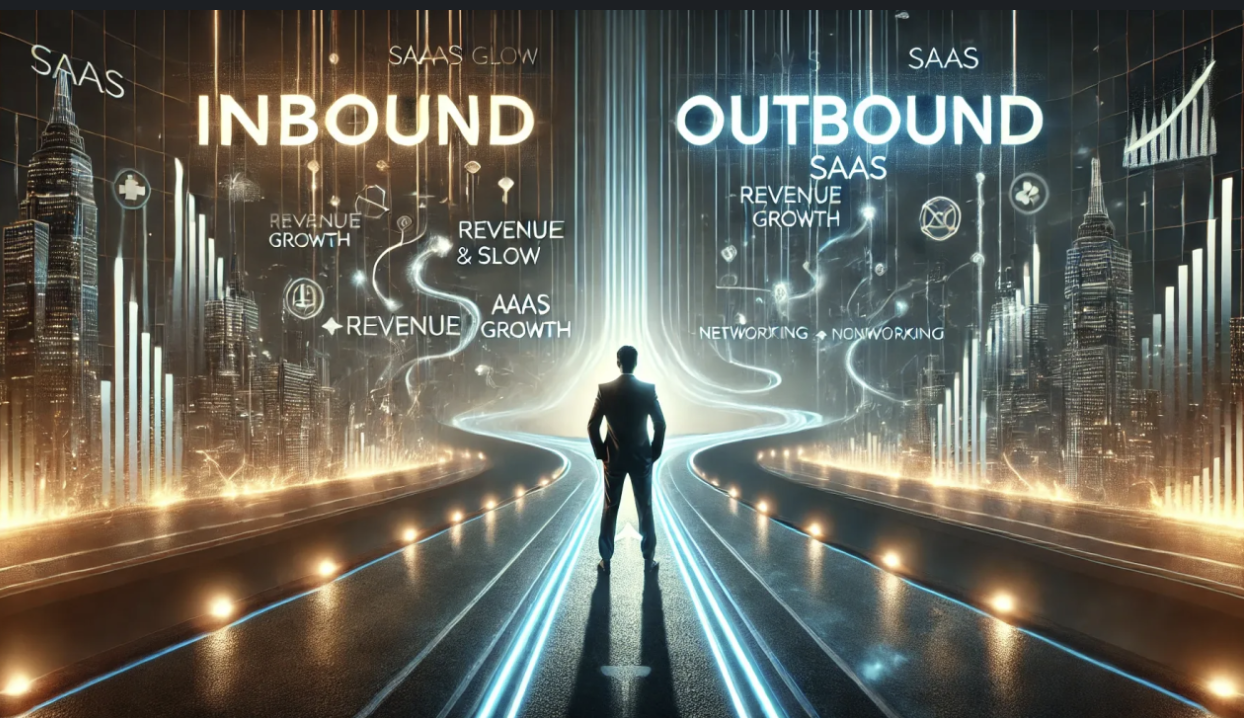Why Your “AI” Company Isn't Really (and Shouldn’t Be) an AI Company
I’ve met with and advised a myriad of entrepreneurs from around the world who, since the beginning of the year, have been riding the wave of the AI...

For B2B SaaS companies, the CRM is the operational backbone of sales, marketing, and customer success. Choosing the wrong CRM can cost months of productivity, create data chaos, and slow your go-to-market efforts. Choosing the right CRM unlocks alignment from founder-led sales through scale-up stages.
This article outlines choosing a CRM that works for your business today and will support you as you grow. We review key selection principles, examine popular CRM platforms, and discuss discount programs that can accelerate adoption without sacrificing strategic alignment.
Your CRM is more than a database. It is your system of record, execution, and insight across the entire revenue engine. Switching CRMs later incurs migration risk, cost, and user friction. Starting with a CRM that grows with your business can:
Choose a CRM that works for a single founder managing an early pipeline and can seamlessly expand to support SDRs, AEs, sales managers, marketing ops, and customer success. Look for:
Your CRM provider should offer the following:
This ensures you can integrate, customize, and troubleshoot without bottlenecks as your tech stack becomes more complex.
Your CRM does not exist in isolation. Evaluate:
Future integrations are as crucial as current ones. Map your anticipated stack 24–48 months ahead to ensure compatibility.
Ensure the CRM fits how you sell:
Your CRM must support sales motions rather than forcing you into rigid structures.
Look for:
This ensures you maintain lean operational costs while capturing growth upside when new capabilities are needed.
No CRM drives results without adoption. Consider:
Prioritize ease of use and admin simplicity to prevent adoption barriers.
As you scale, investor due diligence and customer requirements will demand:
Confirm these features are part of your CRM roadmap or current offering.
Here are three CRM platforms widely adopted by B2B SaaS companies, from founder-led sales to scale-up operations:
Overview:
HubSpot offers a freemium CRM with paid Sales Hub tiers. It combines CRM functionality with marketing, customer service, and CMS modules in a single platform.
Strengths:
Limitations:
Overview:
Salesforce is the market leader for CRM, offering deep customization, integration, and enterprise-grade capabilities.
Strengths:
Limitations:
Overview:
Pipedrive is a sales-focused CRM with strong pipeline management tools and a simple UI.
Strengths:
Limitations:
Many leading CRMs offer startup discount programs to reduce upfront costs and support early adoption. These programs can make enterprise-grade tools accessible to pre-seed, seed, and Series A companies, bridging the affordability gap before revenue scales.
HubSpot offers one of the most well-known startup discount programs. Key features include:
This discount structure allows startups to access advanced features early, though pricing normalizes as the company matures. Founders should evaluate long-term affordability and lock-in risks as part of financial planning.
Salesforce offers its Salesforce for Startups program, which includes:
Unlike HubSpot, Salesforce does not publish a standard startup discount percentage but often works with companies individually or via accelerators to structure pricing incentives.
Pipedrive offers a startup program discount, which includes:
This makes Pipedrive particularly attractive for seed-stage SaaS companies prioritizing lean operations.
When choosing your CRM:
Your CRM is a strategic choice that underpins your entire revenue operation. Selecting a CRM that serves you now and scales with you reduces friction, increases revenue predictability, and future-proofs your growth infrastructure.
If you need guidance in CRM evaluation, implementation, and go-to-market alignment, Mir Meridian’s RevOps advisors can support you from selection to operational excellence.

I’ve met with and advised a myriad of entrepreneurs from around the world who, since the beginning of the year, have been riding the wave of the AI...

The Bluffing Machine Why AI Hallucinates and Why RevOps Discipline Matters More Than Ever

Executive Summary For B2B SaaS companies, the CRM is the operational backbone of sales, marketing, and customer success. Choosing the wrong CRM can...
 Read More
Read More

In the beginning, all that matters is momentum.

The most dangerous liabilities are the ones that don’t show up on your balance sheet. Go-to-market (GTM) misalignment is one of them.